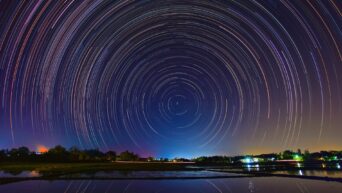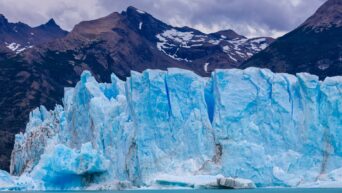
Credit: Unsplash
The oceans are lava, and it rains rocks.
Planets like the Earth all started as big lumps of celestial stardust clumping together and superheating. Billions of years before humankind was even a concept, the surface of the Earth flowed freely with white-hot magma and dense rock. It’s kind of hard to imagine such a place when we’re currently living on it, but scientists have discovered a young planet in the midst of its own spicy period.
Researchers from McGill University, York University and the Indian Institute of Science Education managed to assemble a comprehensive view of one of our youngest celestial neighbors a few hundred light years away, an exoplanet roughly the size of the Earth codenamed K2-141b. K2 maintains an orbit that’s dangerously close to its host star, and as a result, its surface is blisteringly hot. The oceans are made of molten lava, the winds blow at supersonic speeds, and in the rare instance it rains, it ain’t raining water, but large volcanic rocks. The scientists have likened K2’s surface to a real-life “hellscape,” calling its environment one of the most extreme ever witnessed.
Due to K2’s proximity to its host star, about two-thirds of the planet are in near-constant daytime. As so much of the planet is exposed to direct sunlight at all hours of the day, the temperatures are understandably astronomical, with the researchers ballparking it around 5,400 degrees Fahrenheit. That’s hot enough to vaporize just about anything, even rocks, which is probably why there’s so much lava flowing all over the place.
“Our finding likely means that the atmosphere extends a little beyond the shore of the magma ocean, making it easier to spot with space telescopes,” said co-author Nicolas Cowan.
If you’d think the parts of the planet that aren’t in direct sunlight are a little more pleasant, think again. The remaining third of the planet is under perpetual night, with the complete lack of light plunging the temperature below minus 328 degrees Fahrenheit. It’s a bit of a scary place to fathom, but when observed from a distance, it gives scientists a fascinating look into the earliest parts of a planet’s lifecycle.
“All rocky planets, including Earth, started off as molten worlds but then rapidly cooled and solidified. Lava planets give us a rare glimpse at this stage of planetary evolution,” Cowan said.
































